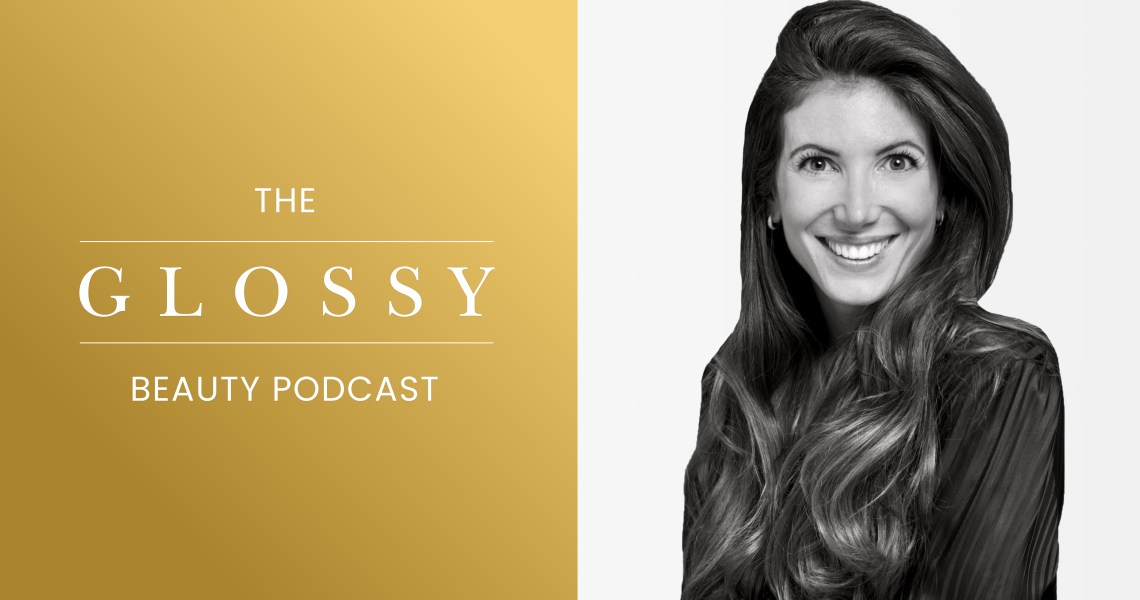Subscribe: iTunes | Stitcher | Google Play | Spotify
Goop first launched in 2008 as a newsletter full of founder Gwyneth Paltrow’s lifestyle tips and tricks. Since then, it has evolved into a full-fledged editorial and e-commerce business, most recently making the move into physical retail and experiential events.
“In the beginning, it was a really calculated media offering,” said Goop CRO Kim Kreuzberger. “It was very much the branded content and native ad units. We were always selective with which partners we took on, and which partners felt authentically Goop and that edit would get behind. It’s really scaled into a much bigger opportunity, with really understanding the customer base, building the VIPs and members, and creating the world of Goop — and ultimately turning our broad reader audience into shoppers.”
The brand creates a type of cyclical customer experience to encourage readers to shell out their money: It creates content that contextualizes its product offerings, which in turn encourages the consumer to buy directly from Goop. The company has also started to experiment with other ways of engaging the Goop customer, from podcast offerings (the brand currently hosts The Goop Podcast, with male-focused Goop Fellas set to launch later this month and a beauty-focused podcast in the works) to pricey retreats reserved exclusively for the top shoppers.
On this week’s episode of The Glossy Beauty Podcast, Kreuzberger discusses how Goop finds a balance between its editorial and commerce businesses, how it’s evolving its physical retail strategy and what the brand is doing to cater to the male Goop audience. Edited highlights below.
Balancing editorial and commerce
“I think some of the traditional media brands, as they build e-commerce or dabble with a secondary or tertiary revenue stream, it’s very much through affiliate tests. It’s like they have very low expectations. When we came out of the gate, we knew we wanted to drive the business through two revenue streams, both from a partnership and commerce perspective. When we treated them equally and allocated resources equally, that’s where we saw success. We never prioritized one over the other until they started to do that themselves. E-commerce has now really taken off, and we’ve seen year-over-year growth in the double digits since 2015. As commerce is scaling, we’re trying to control the growth around partnerships so that we’re never jeopardizing the trust and equity of the content. I think that’s where the unicorn sits.”
Ad position: web_incontent_pos1
Localizing retail concepts
“We want to create the consistency of Goop in every market, so it’s very much the same look and feel, and consumers feel like they know our brand. We’ve done a really good job of recreating Goop in every market and then localizing it to ensure the assortment meets the market. Every city we go to, we try to find a shop that feels like our home, from the interior in the space to the exterior, to the location in the town. I think it’s about trying to respond to the market, being nimble and doing a lot of market research prior so that we’re opening the right concept. In New York, we ultimately started to lean into jewelry, which seemed to be the category that was performing well and the customer wanted to see. In Austin, we leaned into wellness. In Dallas, we tried café meets closet, so it was more pantry, kitchen, home-focused, and that worked really well in that market. We’re experimenting, and the pop-ups are the perfect place to do that. That’s the opportunity to see what really works in a market before we consider coming back there permanently, and every one of our stores started as a pop-up first.”
Making a play for men
“I think our content is dual-targeted at times, especially the wellness-focused content. So our Goop Fellas podcast is a way of testing if there’s a demand, or a market. We’re also planning on adding a men’s navigation bar on our website, with some content that speaks directly to men and some dual-targeted editorial content, and then hopefully collect some emails to build a database just for men. We’ll see where it goes from there. We have the luxury of testing in a really light way, and if there is demand there, then we’ll see if there’s an opportunity to introduce product. But there’s not a lot of pressure. We’re just going to see what happens.”




